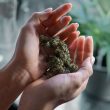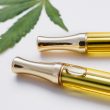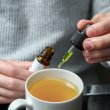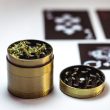BUY HIGH QUALITY CANNABIS SEEDS AND GROW SUPPLIES. 100% LEGAL, STEALTH SHIPPING, SECURE PURCHASING.
Looking for our Amanita Products and ethnobotanicals? Please visit our sister website at AnointedBrands.com today!
Search for:Search
Showing 1–21 of 134 results
Sort by popularitySort by average ratingSort by latestSort by price: low to highSort by price: high to low
- Select options
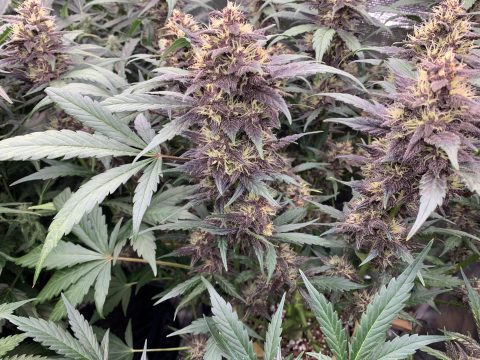
Purple Lemonade Photo
$15.00 – $100.00Select optionsMore Info
- Select options
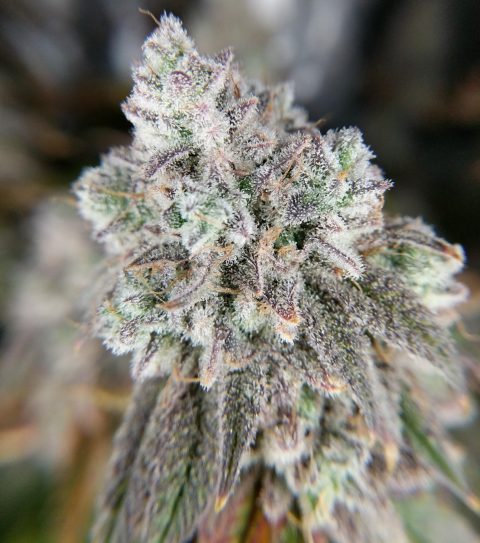
Peyote Gorilla Photo
$15.00 – $100.00Select optionsMore Info
- Select options
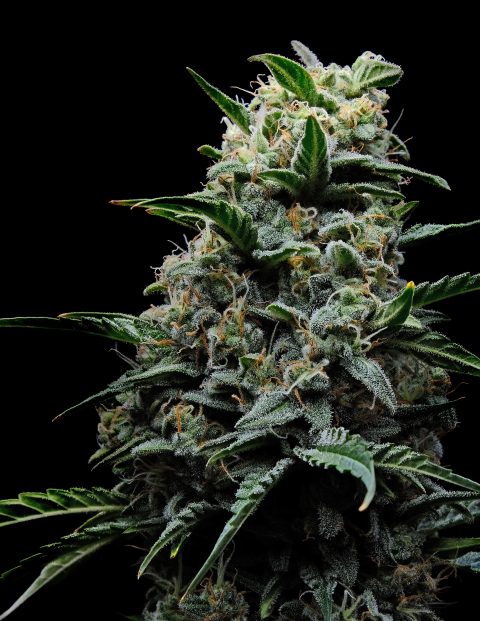
Gelato OG Photo
$15.00 – $100.00Select optionsMore Info
- Select options
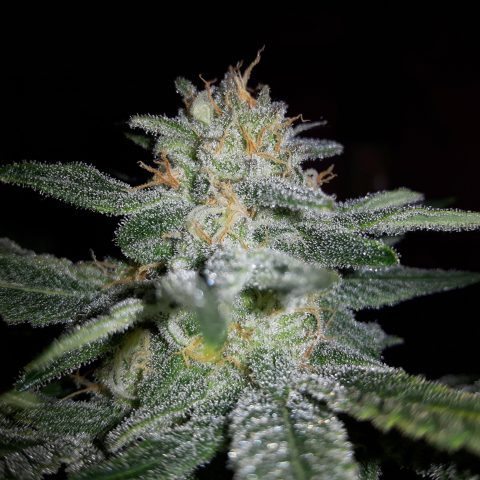
Black Sugar Photo
$15.00 – $100.00Select optionsMore Info
- Select options
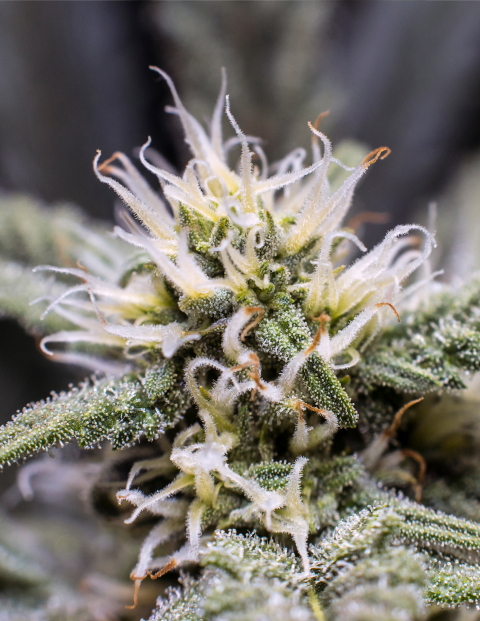
Zkittlez Photo
$15.00 – $100.00Select optionsMore Info
- Select options
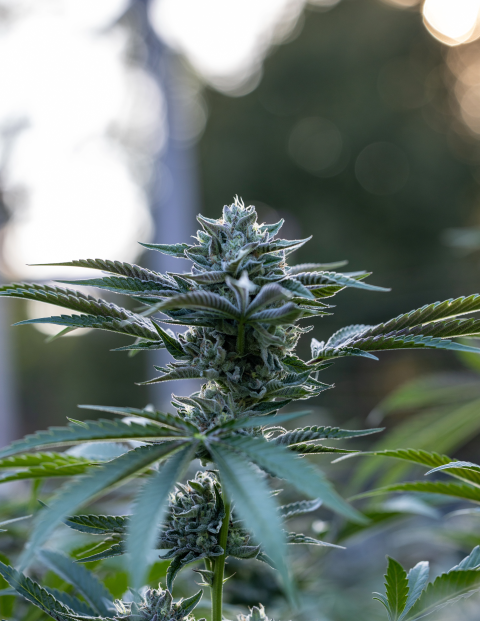
White Runtz Photo
$15.00 – $100.00Select optionsMore Info
- Select options
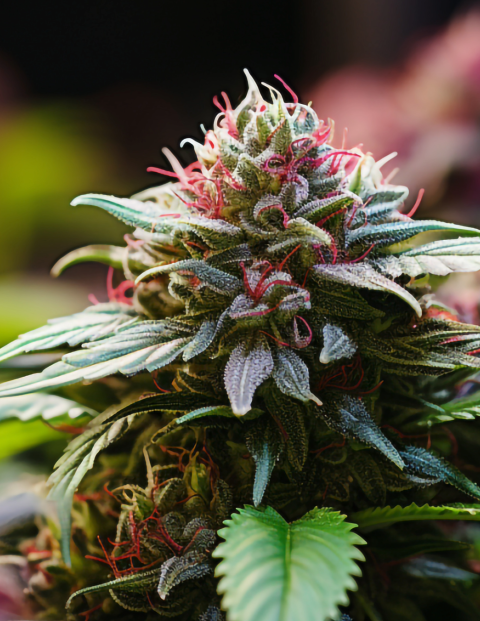
Trainwreck Photo
$15.00 – $100.00Select optionsMore Info
- Select options
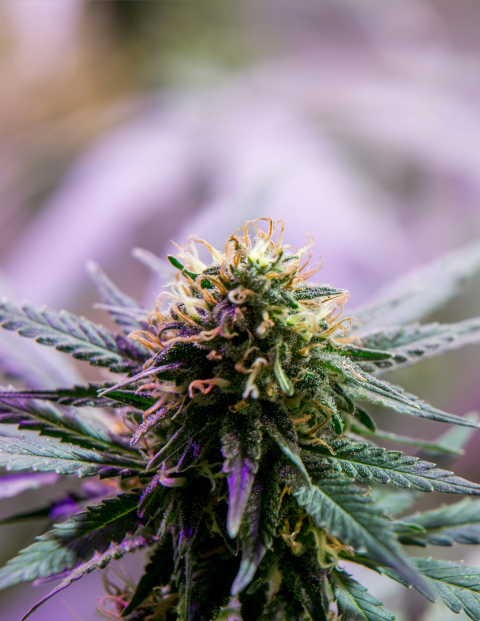
Super Silver Haze
$15.00 – $100.00Select optionsMore Info
- Select options
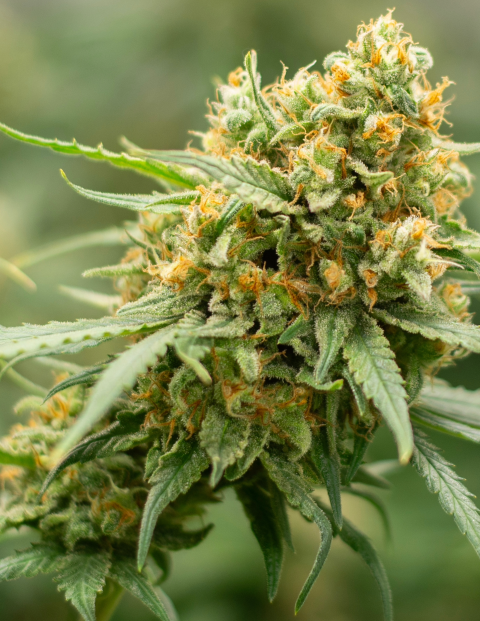
Super Lemon Haze
$15.00 – $100.00Select optionsMore Info
- Select options
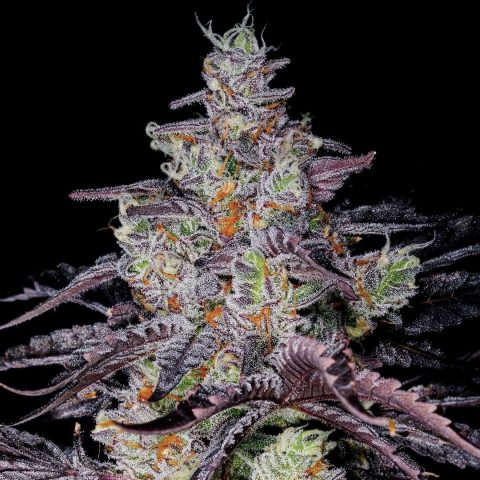
Sundae Driver Photo
$15.00 – $100.00Select optionsMore Info
- Select options
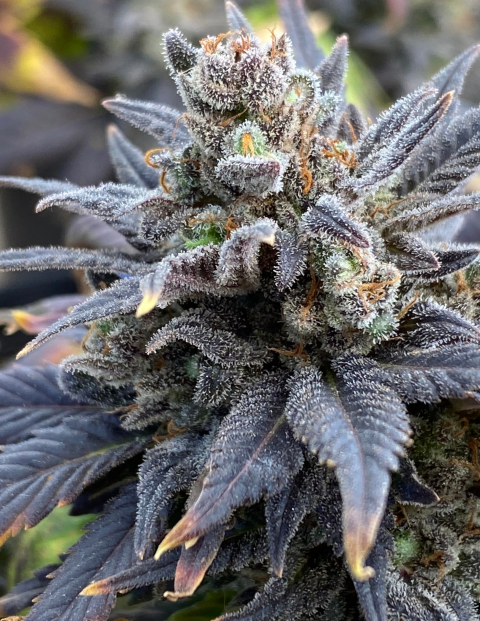
Sour Diesel Photo
$15.00 – $100.00Select optionsMore Info
- Select options

Skywalker OG Photo
$15.00 – $100.00Select optionsMore Info
- Select options
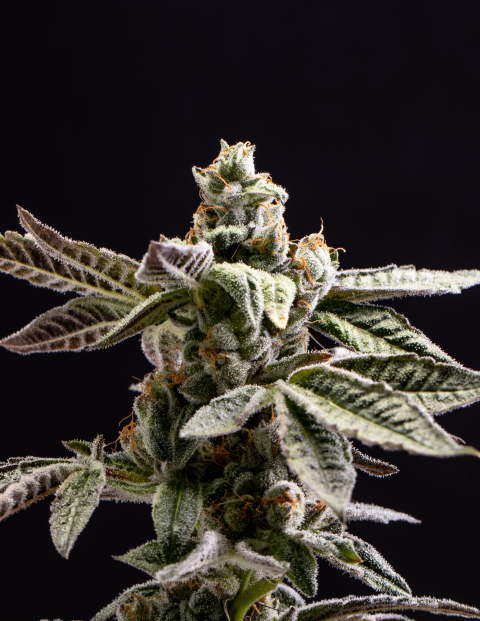
Runtz Fast
$15.00 – $100.00Select optionsMore Info
- Select options
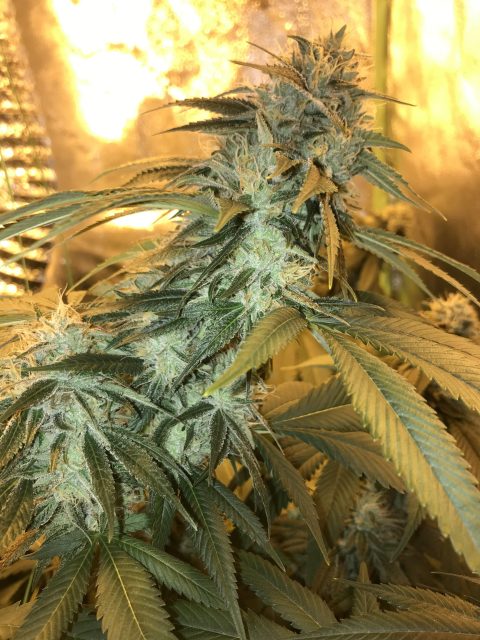
Rudeboi OG Photo
$15.00 – $100.00Select optionsMore Info
- Select options
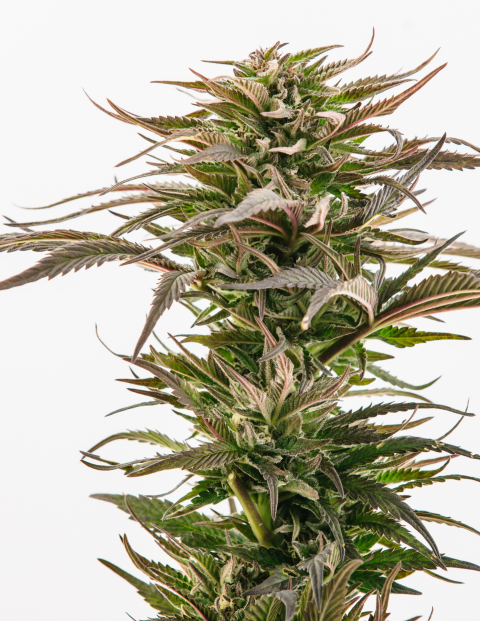
Jack Herer Photo
$15.00 – $100.00Select optionsMore Info
- Select options
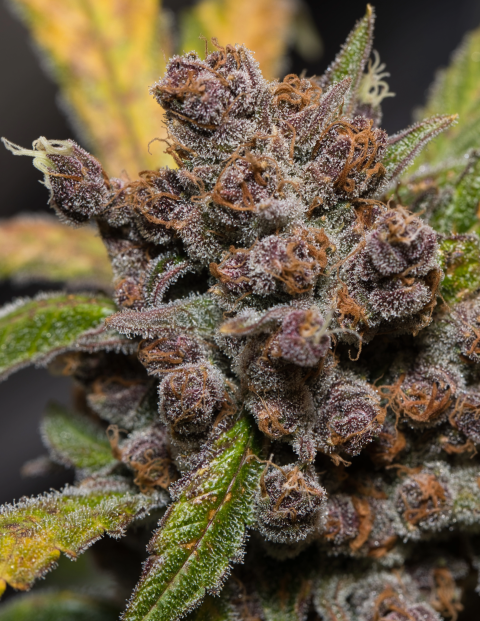
Purple Punch Photo
$15.00 – $100.00Select optionsMore Info
- Select options
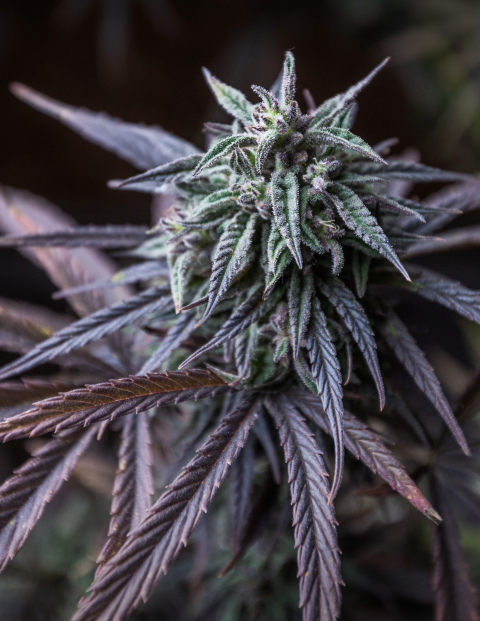
Purple Haze Photo
$15.00 – $100.00Select optionsMore Info
- Select options
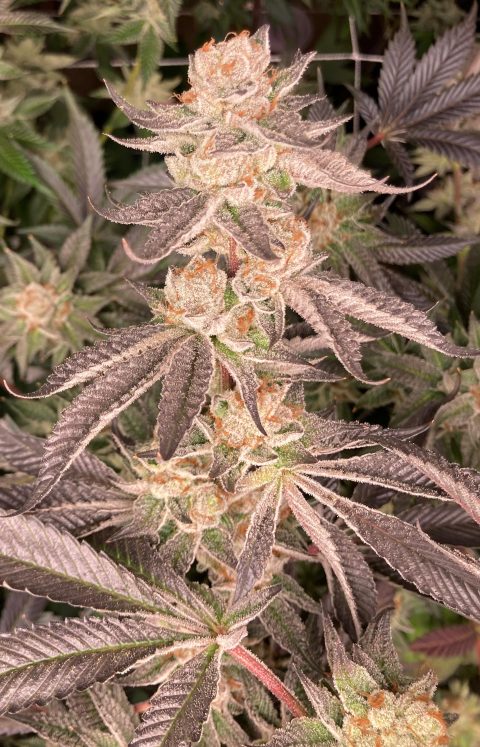
Platinum OG Fast
$15.00 – $100.00Select optionsMore Info
- Select options
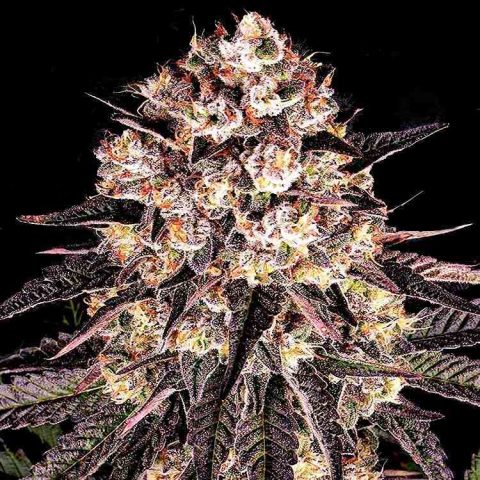
Pink Runtz
$15.00 – $100.00Select optionsMore Info
- Select options
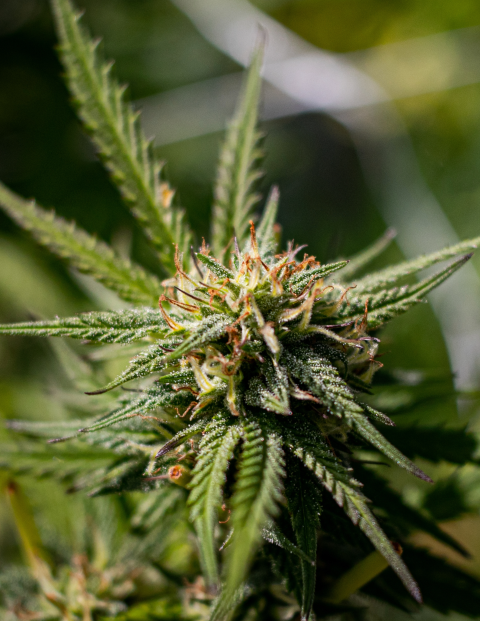
Peanut Butter Breath
$15.00 – $100.00Select optionsMore Info
- Select options
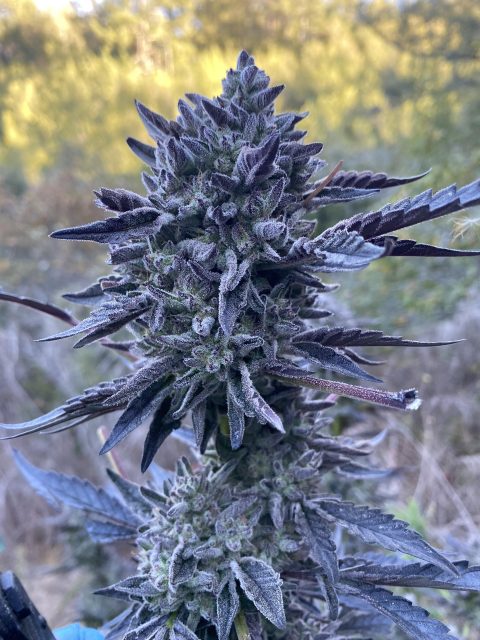
Oreoz
$15.00 – $100.00Select optionsMore Info
